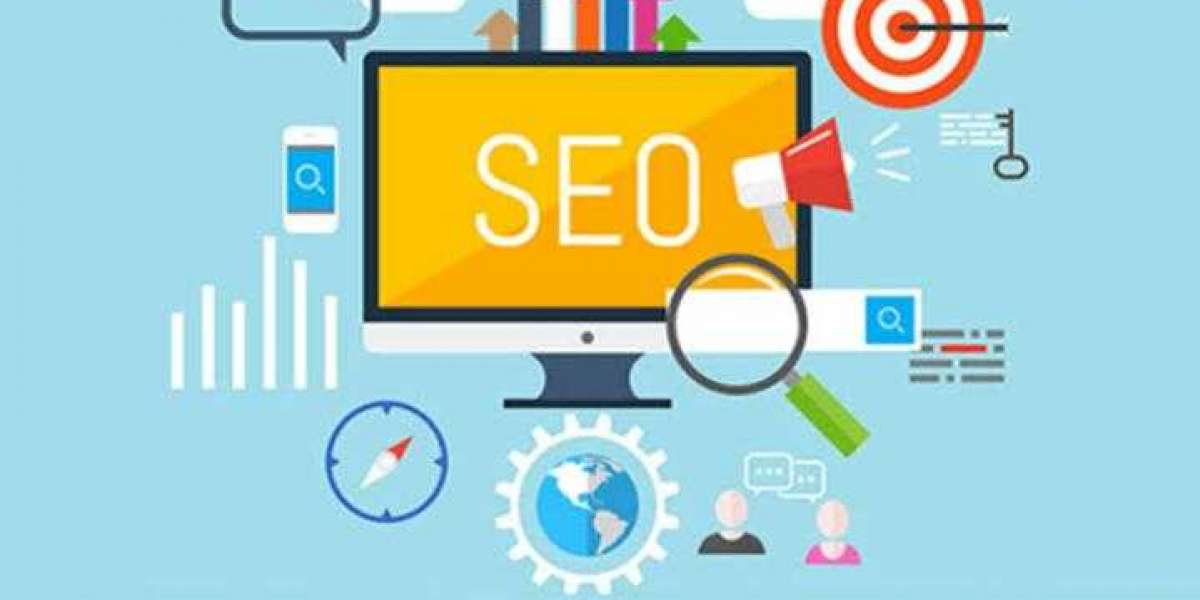Narrowing the lens on the consumer and business trends that we've tackled in the first part of this trilogy, you need to start addressing the ones relevant to building an SEO agency today. And, more importantly, establish which are just a fad with no long term implications.
This is one important step in understanding the new context that shapes the business. To help you see clearer, don't forget to place them on Gartners Hype cycle - an innovation curve that indicates whether it's just hype surrounding a particular trend or it's getting productive and mainstream.
That's how you consider the trend's scale and it's second -order effects the string of consequences a trend has, that are not visible at first glance.
Remember Henry Ford's innovation in producing serialized automobiles? A second-order effect that the accessibility of automobiles brought was actually in retail, as people could travel further and carry more products, so bigger convenience stores could be developed.
Two good questions to ask at this point :
- what are the potential consequences of a system / marjet change you're considering?
- What are the consequences of those consequence?
REMOTE WORK
Here's trend with a long term impact, which is definitely here to stay as more companies are trabsitioning to full time policies of remote work.
For an SEO agency that can mean a rise in productivity, yet it also implies new ways of doing recruitment or new business that need creative solutions. There is a slope of disillusionment implied here, as teams start feeling the fatigue of zoom meetings, and other disadvantages like a lack of proper office setup or increased work hours.
A potential second-order effect, in this case, is a change in the agency workflows - maybe transforming some parts of the creative process into an asynchronous one. But this means taking care not to affect creativity or the feeling of belonging in the team, as it can backfire without the synchronous brainstorming and workshops.







